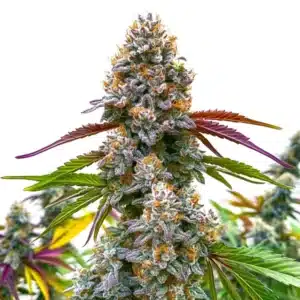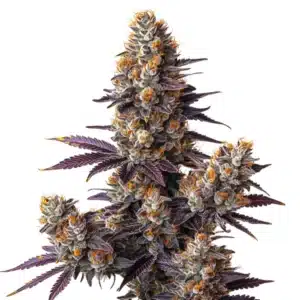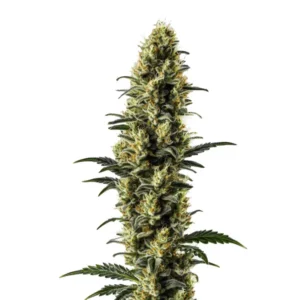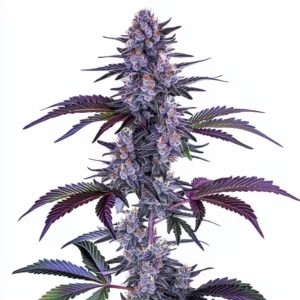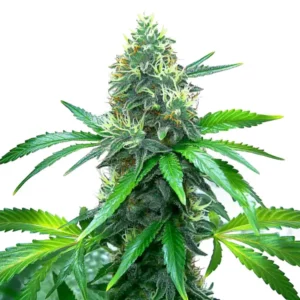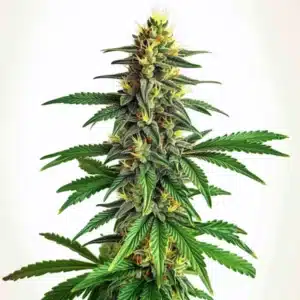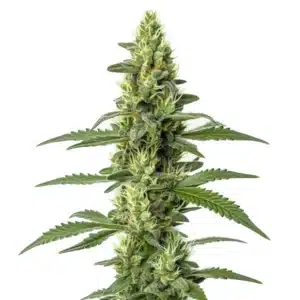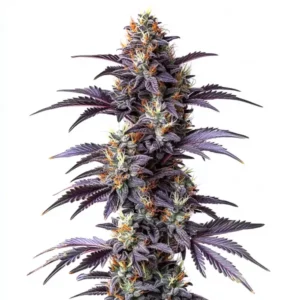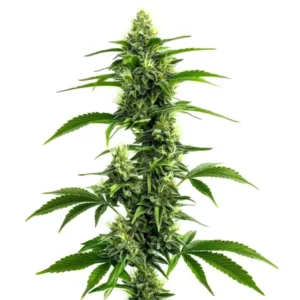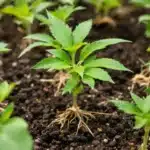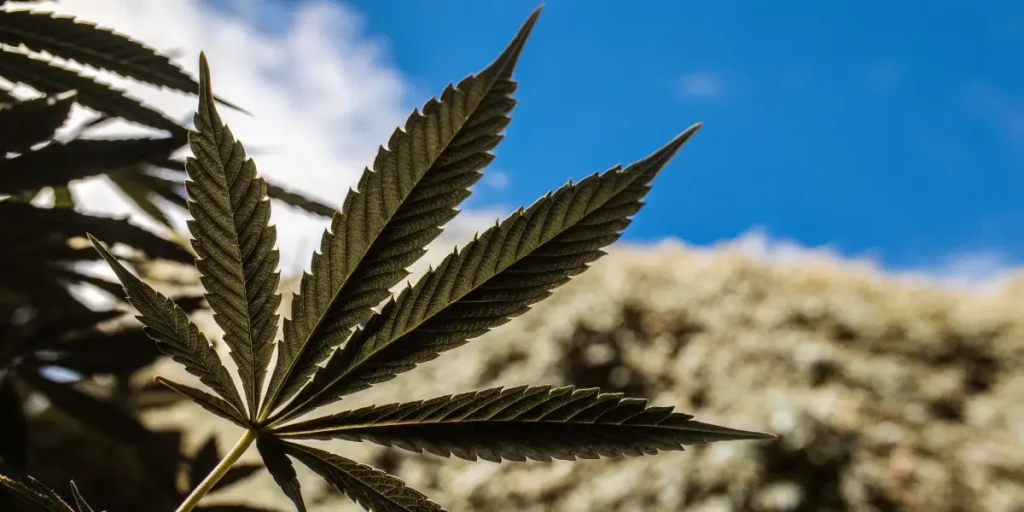
Do All Cannabis Strains Have Latex Cells?
When delving into the world of cannabis cultivation, many questions arise. Among them is the query: do all cannabis strains have latex cells? This topic often piques the curiosity of both first-time seed buyers and seasoned growers. Latex cells are specialized plant cells found in some plant species, producing a milky fluid known as latex.
Latex is common in plants like rubber trees and dandelions. But, what about cannabis? Do cannabis plants contain latex cells? The answer is not as straightforward as one might think. While cannabis plants do possess a complex cellular structure, the occurrence of latex cells in cannabis varieties is still under research.
Recommended Strains
Critical Daddy Purple
-
THC: 19%
-
Type of seed: Feminized
-
Phenotype: 50% Sativa / 50% Indica
-
Flavor: Fruity, Woody
-
Day to flower: 8 - 10 weeks
Gelato
-
THC: 27%
-
Type of seed: Feminized
-
Phenotype: 50% Sativa / 50% Indica
-
Flavor: Berry, Citrus, Sweet
-
Day to flower: 8 - 10 weeks
Knowing cannabis strains’ latex cells’ presence requires a deep dive into their biology. Although latex cells are not universally present in all cannabis strains, some varieties may have similarities in cellular composition, leading to ongoing scientific discussions.
The presence of latex cells in different cannabis strains has yet to be fully mapped out, with researchers continuously seeking to understand the nuances of these cellular formations. This quest is not just academic; it has practical implications for the cultivation and breeding of cannabis strains.
As cannabis plant latex cell research progresses, it opens new avenues for knowing plant resilience and adaptation. The mystery surrounding whether all cannabis strains have latex cells continues to draw interest from botanists and growers alike, eager to unlock the secrets held within these complex plants.
Cannabis Plant Structure
Cannabis plants are known for their unique and complex structure. From the roots to the flowers, every part serves a specific purpose. The plant’s anatomy includes many cell types, each contributing to its growth and survival. But what about latex cells? Do cannabis plants contain latex cells?
Research shows that while latex cells are not a defining feature of cannabis plants, some strains exhibit characteristics similar to latex-producing cells. This has been a central point in cannabis plant latex cell research, as scientists try to understand the full range of cellular diversity within cannabis.
Exploring the structural components of cannabis plants reveals a tapestry of cellular interactions, each playing a role in the plant’s development. The complexity of these interactions might hold clues to knowing the potential for latex cell development in certain strains.
The cannabis plant’s structure is not just a marvel of nature; it’s a testament to the plant’s evolutionary adaptability. As scientists delve deeper into cannabis strains latex cells presence, they are uncovering layers of information that challenge existing perceptions and open up new lines of inquiry.
Cell Types in Cannabis
Typical cannabis plants contain various cell types, including trichomes, which are crucial for cannabinoid production. These cells differ in function and structure, with some having resinous properties, yet they are not the same as latex cells. The question of whether all cannabis strains have latex cells remains open.
Trichomes play a vital role in the plant’s defense mechanism, similar to how latex cells function in other plant species. However, the similarity ends there, as the primary function of trichomes is to produce cannabinoids and terpenes, not latex.
The diversity of cell types in cannabis highlights a complex biological architecture that supports the plant’s survival and reproduction. This cellular diversity is the basis for ongoing research into latex cell occurrence in cannabis varieties, as scientists attempt to discern patterns and anomalies.
Knowing the various cells within cannabis can provide insights into how environmental and genetic factors might influence the development of latex-like cells. This knowledge could lead to innovations in how cannabis is cultivated and utilized, particularly in terms of enhancing desired traits.
Promos & Deals
Latex Cells and Cannabis Strains
Do all cannabis strains have latex cells? It’s a question that brings us to the heart of cannabis plant latex cell research. Although not all cannabis strains possess these cells, certain conditions or genetic traits might influence their development.
For instance, some cannabis varieties grown under stress may exhibit changes in cell structure, potentially leading to the formation of latex-like cells. This theory continues to be explored, with scientists examining how environmental factors influence latex cell occurrence in cannabis varieties.
The relationship between stress factors and cellular changes in cannabis is a fascinating area of study. By knowing how stress impacts cell formation, researchers hope to develop strategies to enhance plant resilience and productivity, which could have profound implications for the cannabis industry.
Moreover, the study of latex cells in different cannabis strains might reveal new insights into the plant’s evolutionary biology. By tracing the development of these cells across various strains, scientists can better understand the adaptive mechanisms that have allowed cannabis to thrive in diverse environments.
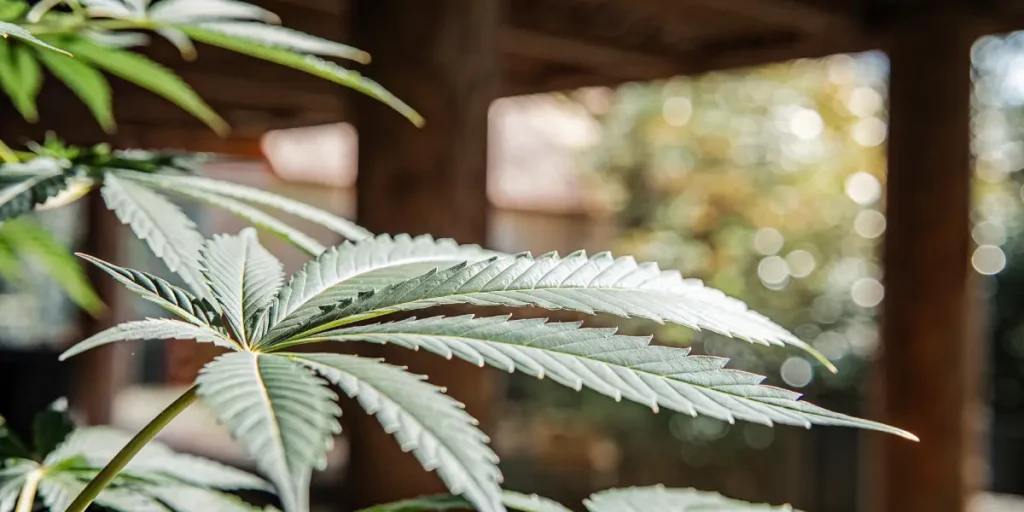
Environmental Influence
The environment plays a significant role in the development of cannabis plants. Factors such as light, temperature, and stress can alter the plant’s cellular structure. In some cases, these conditions might encourage the development of latex-like cells, although this is not a universal trait across all strains.
Growers often experiment with different environments to enhance plant characteristics. While some focus on maximizing cannabinoid content, others explore how environmental stressors might affect latex cell formation. This area of study remains largely experimental, yet offers exciting possibilities.
The dynamic interplay between environmental conditions and plant biology is a key driver of innovation in cannabis cultivation. By manipulating factors such as light and temperature, growers could potentially influence the development of desirable traits, including the formation of latex-like cells.
Environmental adaptations are not just about survival; they also offer pathways for enhancing the quality and yield of cannabis crops. As research continues, knowing the environmental influence on latex cell occurrence in cannabis varieties could lead to breakthroughs in cultivation techniques.
Specific Strains and Their Traits
Certain cannabis strains have unique traits that make them stand out. While not directly linked to latex cell production, these characteristics can provide clues about the plant’s overall cellular structure. Let’s look at a few notable examples from Blimburn Seeds.
Critical Daddy Purple, for instance, is celebrated for its vibrant color and potent effects. This strain’s robust growth pattern suggests a complex cellular makeup, though latex cells are not a documented feature. However, its adaptability offers valuable insights into how cannabis strains might develop unique cellular traits.
The diversity of traits in cannabis strains is a testament to the plant’s genetic richness. By studying these traits, researchers can better understand the factors that contribute to the development of latex cells in different cannabis strains, potentially leading to new breeding strategies.
Each strain’s unique characteristics provide a window into the broader genetic landscape of cannabis. By examining these traits, scientists can gain insights into the cellular mechanisms that drive the plant’s growth and adaptation, including the potential for latex cell development.
Strain Examples
Gelato is another popular strain from Blimburn Seeds. Known for its sweet aroma and balanced effects, Gelato’s cellular structure is optimized for producing high terpene levels. This focus on terpenes rather than latex cells highlights the diversity within cannabis plant biology.
Similarly, the strain Bruce Banner boasts impressive THC levels and a rapid growth rate. While it doesn’t directly answer the question of do all cannabis strains have latex cells, Bruce Banner’s genetic makeup showcases the potential for variability in cell types among cannabis strains.
Examining a variety of cannabis strains allows researchers to map out the potential for latex cell development across different genetic profiles. This mapping could eventually lead to the identification of strains with a higher likelihood of developing latex-like cells under certain conditions.
These strain examples illustrate the complexity and variability inherent in cannabis cultivation. By knowing how these traits manifest, growers and researchers can refine their approaches to breeding and cultivation, ultimately enhancing the quality and performance of cannabis crops.
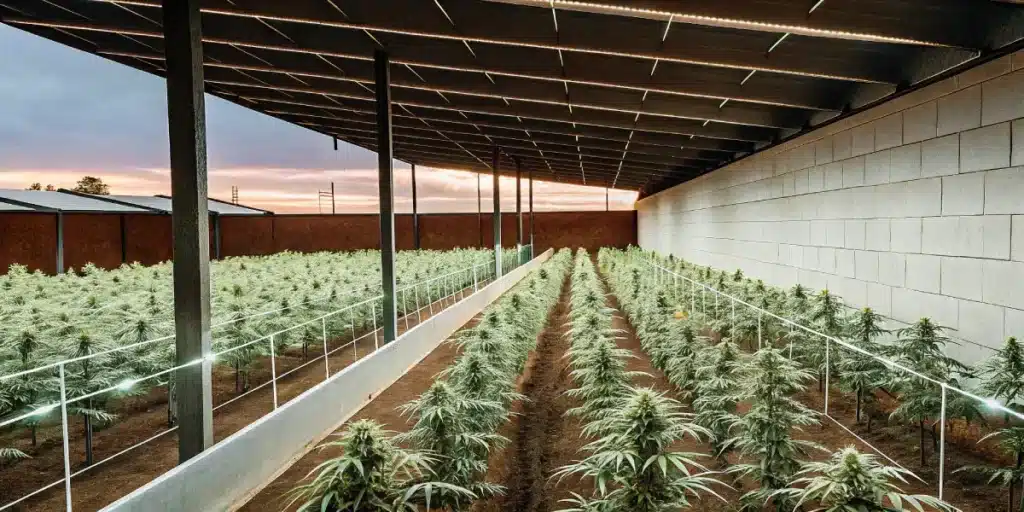
FAQs
Do cannabis plants contain latex cells?
Though not common, some cannabis plants might exhibit traits similar to latex cells under specific conditions. The presence of latex cells in cannabis is not yet fully understood, making it an exciting area for future research.
Growers and researchers continue to explore this topic, examining how genetic and environmental factors might influence the development of latex-like cells in cannabis plants. While definitive answers remain elusive, ongoing studies offer hope for new discoveries.
The quest to understand do all cannabis strains have latex cells is part of a larger effort to unravel the complexities of cannabis biology. As research advances, the potential for discovering new plant characteristics and applications continues to grow.
Engaging with this research not only enriches our knowing of cannabis but also holds the promise of enhancing cultivation practices and product quality. By remaining at the forefront of these developments, growers and scientists alike can contribute to the ongoing evolution of the cannabis industry.
What factors influence latex cell occurrence in cannabis varieties?
Environmental conditions play a crucial role. Factors such as light, temperature, and stress can affect the cellular structure of cannabis plants, potentially leading to latex-like cell development in certain strains.
Genetic predisposition may also play a part, with some strains being more likely to exhibit these traits. Continued research is necessary to fully understand the complex interplay between genetics and environment in cannabis plant development.
Knowing the factors that drive latex cell occurrence in cannabis varieties is key to unlocking new cultivation possibilities. By identifying these factors, researchers can develop targeted strategies to optimize plant growth and enhance desirable traits.
The ongoing exploration of these influences underscores the importance of a holistic approach to cannabis cultivation, one that considers both the genetic makeup of the plant and the environmental conditions in which it is grown.
Are there specific strains known for having latex cells?
Currently, no specific strains are documented to produce latex cells. However, some varieties, like those mentioned from Blimburn Seeds, show unique cellular traits that warrant further investigation.
As research progresses, it’s possible that certain strains may be identified as having a higher propensity for latex-like cell development. For now, growers focus on understanding and optimizing other beneficial traits.
The search for strains with a predisposition for latex cell formation is an exciting frontier in cannabis research. Identifying such strains could pave the way for new breeding programs aimed at enhancing plant resilience and other desirable traits.
While the discovery of latex-producing strains remains a goal for the future, the current focus on cellular diversity and adaptation continues to yield valuable insights into the broader dynamics of cannabis cultivation.
How does cannabis plant latex cell research impact growers?
For growers, understanding the potential for latex-like cells in cannabis can lead to new cultivation techniques. Exploring how environmental stressors impact plant development can help optimize growth and yield.
While the immediate applications are limited, the potential for enhancing plant resilience and productivity through cellular research is promising. Growers can stay informed of new findings to adapt their practices accordingly.
The insights gained from cannabis plant latex cell research can empower growers to optimize their cultivation strategies, resulting in healthier and more productive plants. This research also opens the door to new methods for improving plant quality and performance.
By remaining engaged with the latest scientific developments, growers can leverage these findings to enhance their operations, ultimately contributing to the advancement of the cannabis industry as a whole.
Can cannabis plant latex cell research lead to new discoveries?
Yes, this research has the potential to uncover new aspects of cannabis biology, leading to the development of innovative cultivation methods and enhanced plant characteristics.
By continuing to explore this area, scientists hope to gain a deeper understanding of cannabis plant biology, paving the way for future breakthroughs in both cultivation and medicinal applications.
The ongoing investigation into latex cell presence holds promise for significant advancements in our understanding of plant biology. As researchers uncover new layers of complexity within cannabis, they open up possibilities for groundbreaking applications in agriculture and medicine.
Ultimately, the pursuit of knowledge in this field not only enriches our scientific understanding but also has the potential to transform the way we cultivate and utilize cannabis, with benefits extending to growers, consumers, and the broader community.

